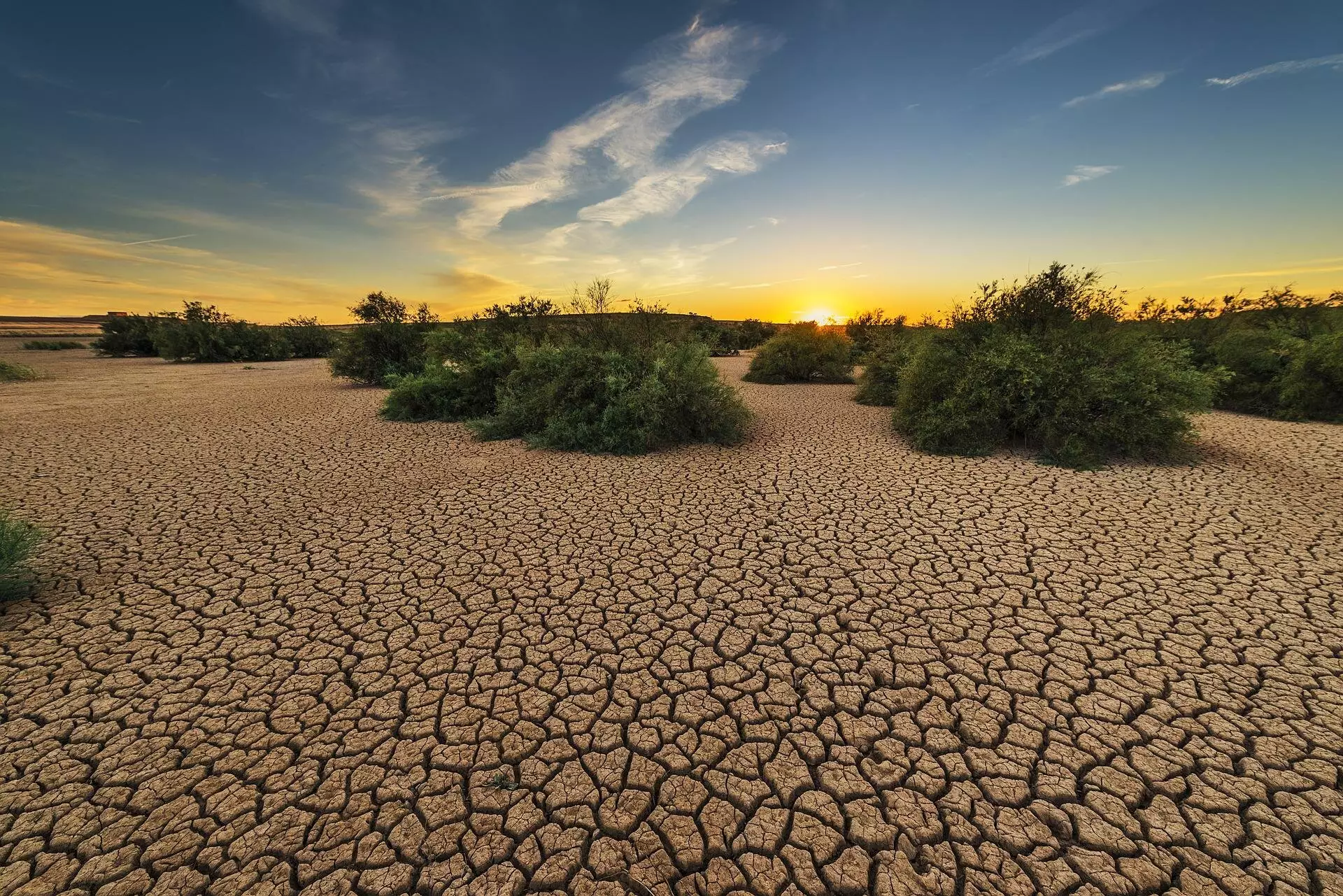Flash droughts are an alarming phenomenon that has gained increased attention due to their swift and severe consequences on various ecosystems and economies. Unlike traditional droughts, which can develop over months or even years, flash droughts can arise in a matter of days. This rapid onset forces communities to react quickly, exposing the vulnerabilities faced by agriculture, water resources, and energy sectors. Dr. Ashok Mishra from Texas A&M University highlights how the swift nature of flash droughts poses a unique set of challenges, requiring immediate and coordinated action to mitigate their impacts.
A Global Perspective on Local Challenges
Recent research, which has been shared in the journal *Communications Earth & Environment*, positions South Asia as a focal point for studying flash droughts, but the insights gleaned from this study resonate well beyond that region. The implications for Texas—and indeed many other regions—are profound. Texas’ economy, heavily reliant on agricultural output and energy production, has been historically susceptible to fluctuations in moisture availability. As researchers examine the interplay of atmospheric changes and climate variability, they predict a troubling future where such phenomena become increasingly commonplace, potentially exacerbating existing vulnerabilities.
The Economic and Environmental Ramifications
The severity of flash droughts is not only a matter of environmental concern; it also carries significant economic implications. When water availability and soil moisture are compromised, agricultural yields shrink, disrupting food supply chains and elevating market prices. This creates a ripple effect that threatens food security and farmer livelihoods, particularly in regions that rely on consistent rainfall patterns. Additionally, the implications for water resources are equally daunting, as diminished supplies impact not just agriculture, but also urban and industrial demands. Therefore, understanding and preparing for flash droughts is paramount for sustaining both ecosystems and economies.
Climate Change: The Unwelcome Catalyst
Mishra’s research offers a sobering forecast: as climate change continues to intensify, flash droughts are expected to both expand and become more severe. This dire prediction emphasizes the urgency for stakeholders to take proactive steps in addressing the future challenges posed by this phenomenon. Policymakers must be equipped with accurate predictive tools and data-driven strategies to inform planning and resource management. The collaboration between institutions, including Texas A&M University and the United States Department of Agriculture, represents a critical move toward building a robust framework for understanding and combating flash droughts.
A Call for Collaboration
To effectively tackle the growing crisis of flash droughts, cross-disciplinary collaboration is essential. The research efforts spanning continents—from the U.S. to populous Asian countries—underline the necessity of sharing knowledge and strategies. Preventative infrastructure, informed by real-time data and supported by policy innovation, could play a pivotal role in buffering regions against the harsh impacts of rapid dryness. The need for comprehensive approaches that unite scientists, policymakers, and local communities has never been more urgent. In an age where climate change is escalating risks across the board, preparedness and resilience must take precedence.

